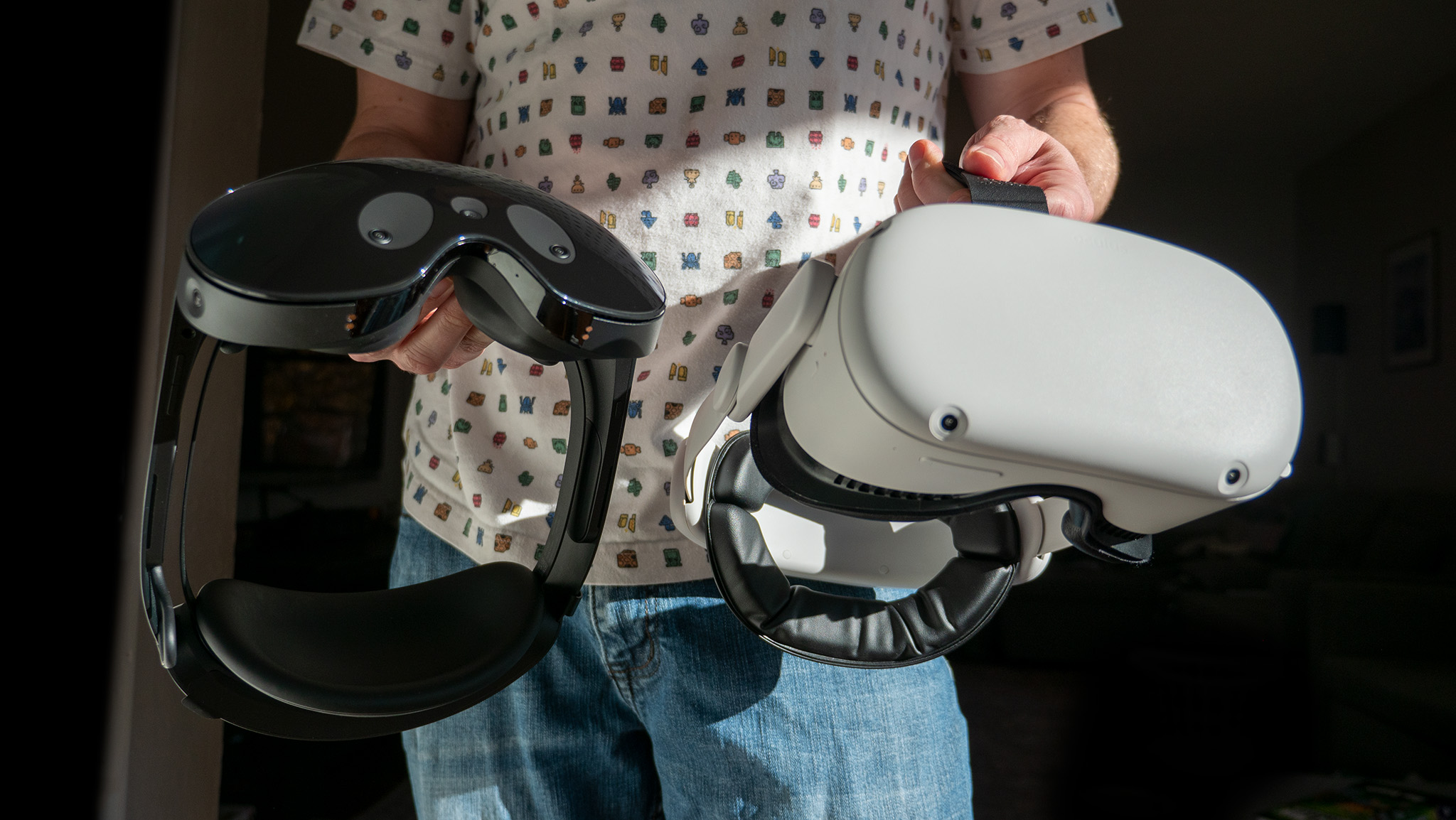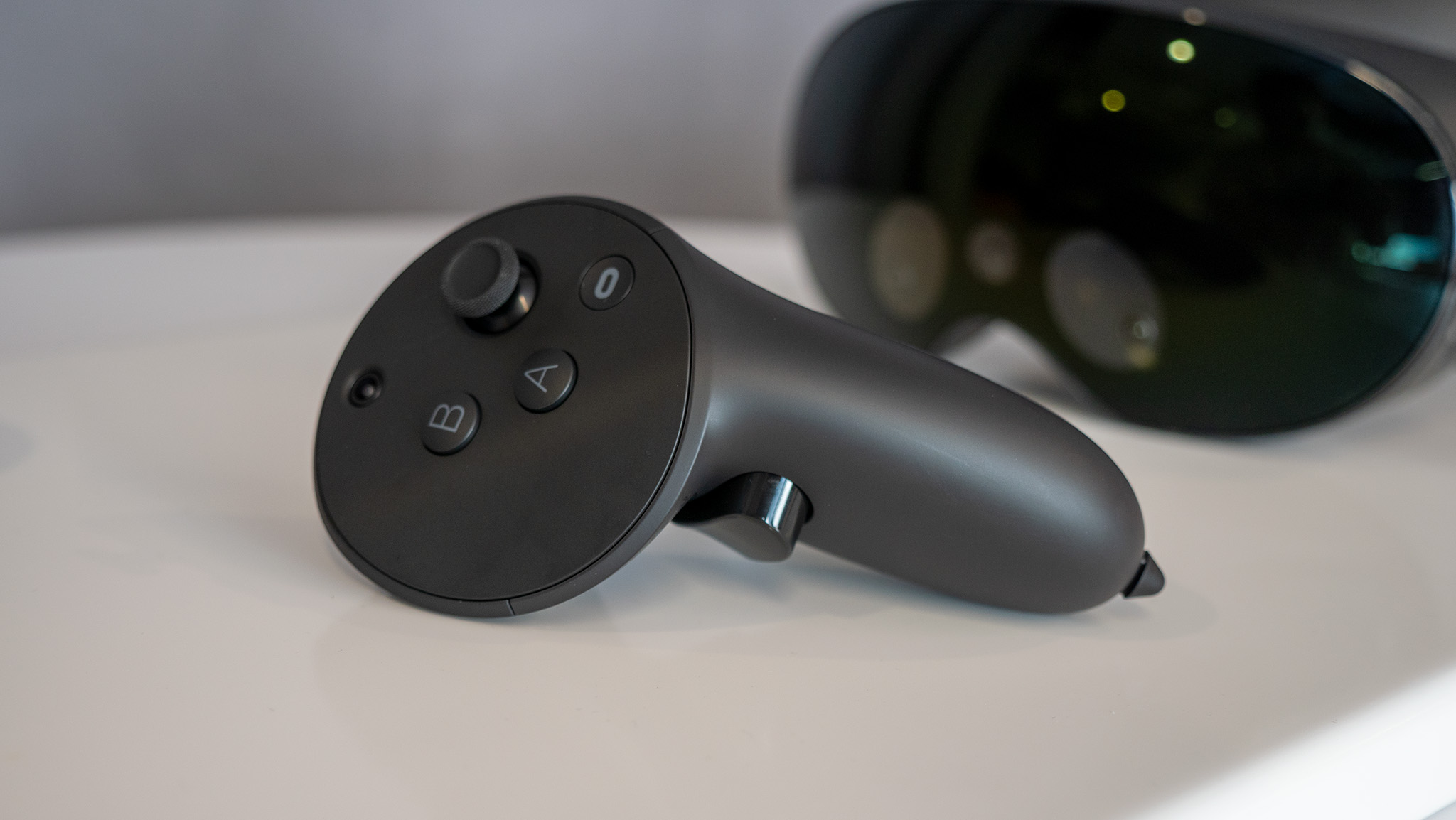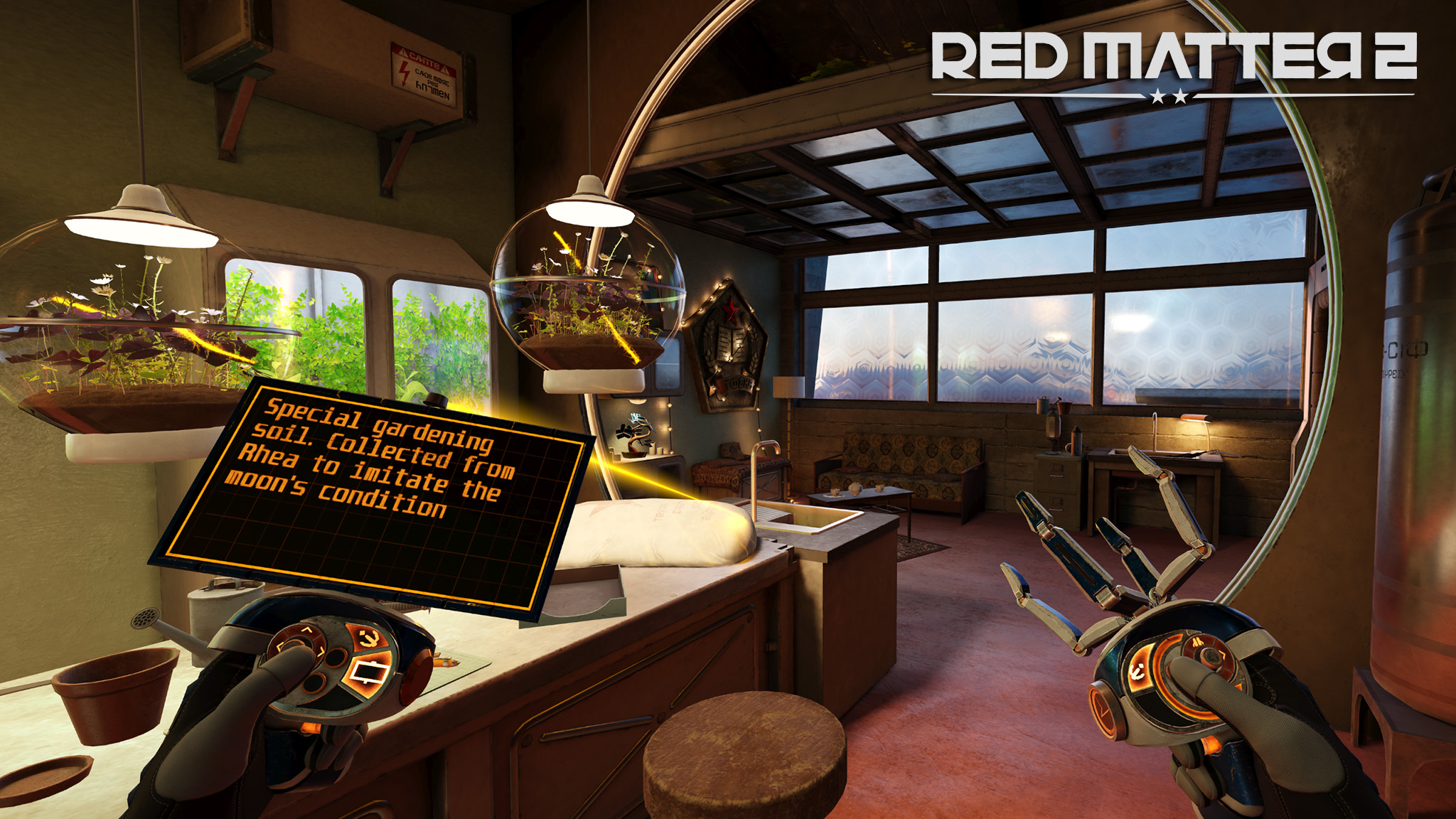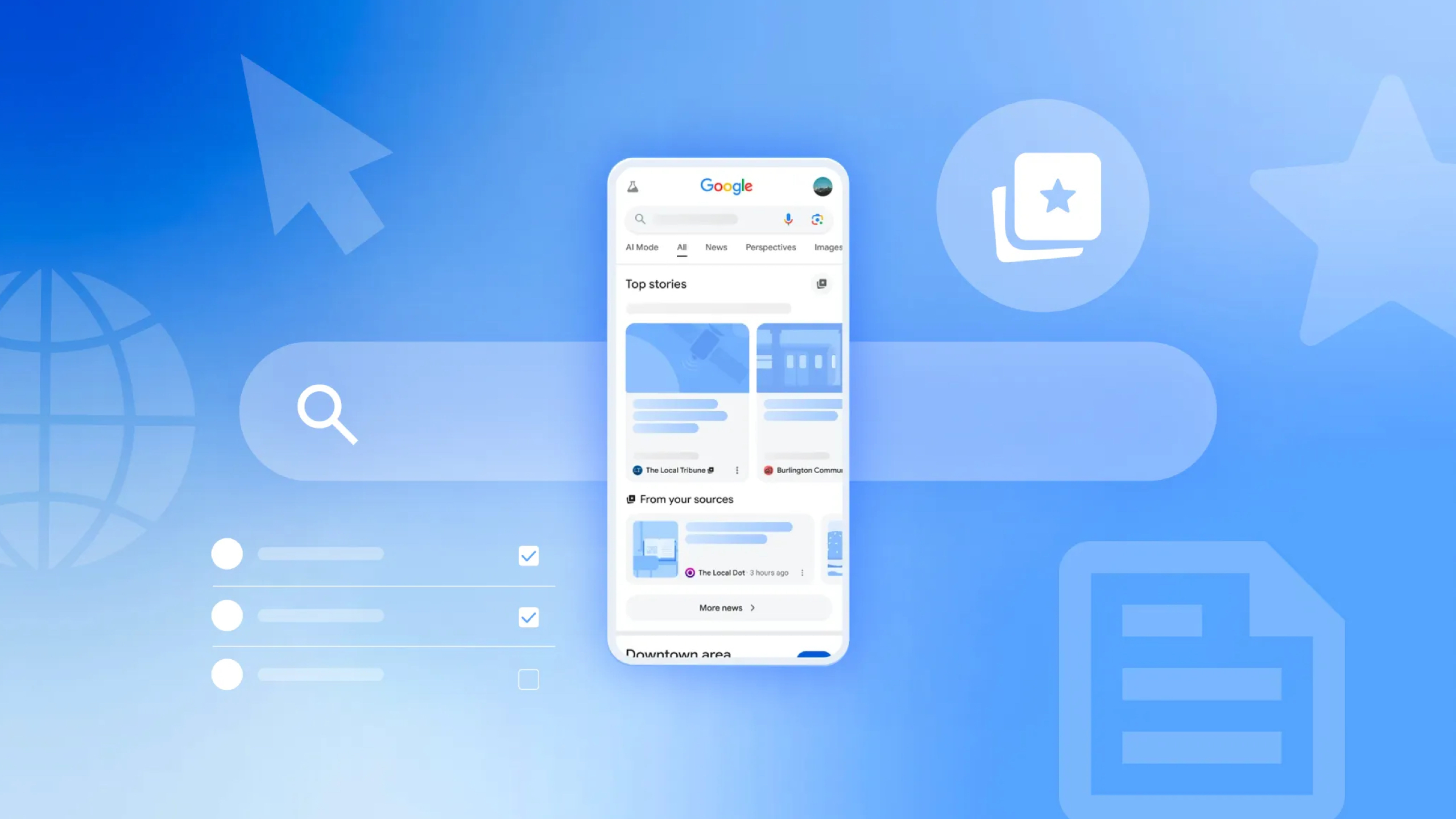Are Quest games better/faster on the Quest Pro?
The Quest Pro's hardware is better, but are games automatically better?

Are Quest games better/faster on the Quest Pro?
Yes, but developers will likely need to make modifications to make the most of the Quest Pro's upgraded hardware. The Quest Pro features a higher-fidelity display and a 50% faster processor, giving way to much better-looking VR games. It also features more advanced controllers with better tracking capabilities, although those can be separately purchased and used on a Quest 2, as well.
What makes Quest games better on the Meta Quest Pro?
Why you can trust Android Central
While the Meta Quest Pro is not being marketed as a gaming headset, it can still play all the best Quest 2 games without developers needing to do anything on their end. The Quest Pro features a vibrant QLED display that displays much richer colors and deeper black levels than the Quest 2's LCD panel, giving games an immediate upgrade. Think about the last time you upgraded your TV, and you'll understand how the same content can look better just with a better display.
The Quest Pro also features much better lenses. These new lenses are larger, flatter, and don't have the tiny "sweet spot" that the Quest 2's lenses suffer from. As a result, it feels like getting a brand new pair of glasses that better fit your prescription, allowing you to see more clearly into the VR world.
These lenses are also 10% wider, which delivers a wider look into the virtual world. Going back to the Quest 2 feels like going inside of a cave, comparatively.

Aside from the headset, the Quest Pro's controllers are also a huge upgrade from the controllers that ship with the Quest 2. These controllers are entirely self-tracked via three cameras on the controllers themselves, so they don't rely on the headset being able to see them.
That means the controllers won't get "lost" while putting your hands behind your back or above your head. In games where you store items on your back — say, a weapon or a storage backpack — this could present a huge advantage for Quest Pro players. Thankfully, these Quest Touch Pro controllers, as they are officially called, can be separately purchased for $300 and used with a Quest 2 headset.
These new controllers also feature advanced haptic feedback motors that makes touching virtual objects feel a lot more realistic. They also support index finger tracking, so you can more accurately point and tap things in VR. We've put them head to head so you can see the differences for yourself.
What can developers do to make their games look better on Quest Pro?

The Meta Quest Pro also features eye-tracking, which, while it doesn't sound like an obvious gaming feature on the surface, actually paves the way for better-looking and performing games. So far, we've seen developers like Vertical Robot implement what's called eye-tracked foveated rendering in Red Matter 2, giving it a 30% increase in resolution by using the Meta Quest Pro's built-in features.
Eye-tracked foveated rendering is a trick that uses the eye-tracking sensors in the Quest Pro to look at the position of your eyes and render the center of your vision in the highest-possible resolution. The rest of your cone of vision — that's your peripheral vision — is rendered in a much lower resolution to save on computing power.
The result is that developers can create much more detailed worlds in higher resolution since only the center of a player's vision is the most detailed part of the scene. To see it in action, take a look at the video I recorded below using Red Matter 2 to test.
In the video, you can see where I'm looking, as the center of my vision is the part that's crystal clear. The rest of my peripheral vision is blurry and lower resolution since the human eye cannot perceive fine details outside of the very center of the vision cone.
The Quest Pro's Qualcomm XR2+ Gen 1 processor is said to be 50% faster than the processor in the Meta Quest 2. The implications for this are pretty obvious: more power means more detailed worlds. If I'm using comparisons, that's technically more power than the average graphics card upgrade, which sits around 30% or lower when comparing average generations of cards.
The Quest Pro also has more RAM than the Quest 2 — double the amount, actually — sitting at 12GB in total. This is another area where developers can take advantage of the Quest Pro's horsepower, but from the looks of things, it's not likely that too many game developers will ever go this route. As a professional-grade headset with a professional-grade price, we simply won't see the adoption numbers for the Quest Pro like we saw with the Quest 2 for the purposes of gaming.
Get the latest news from Android Central, your trusted companion in the world of Android


